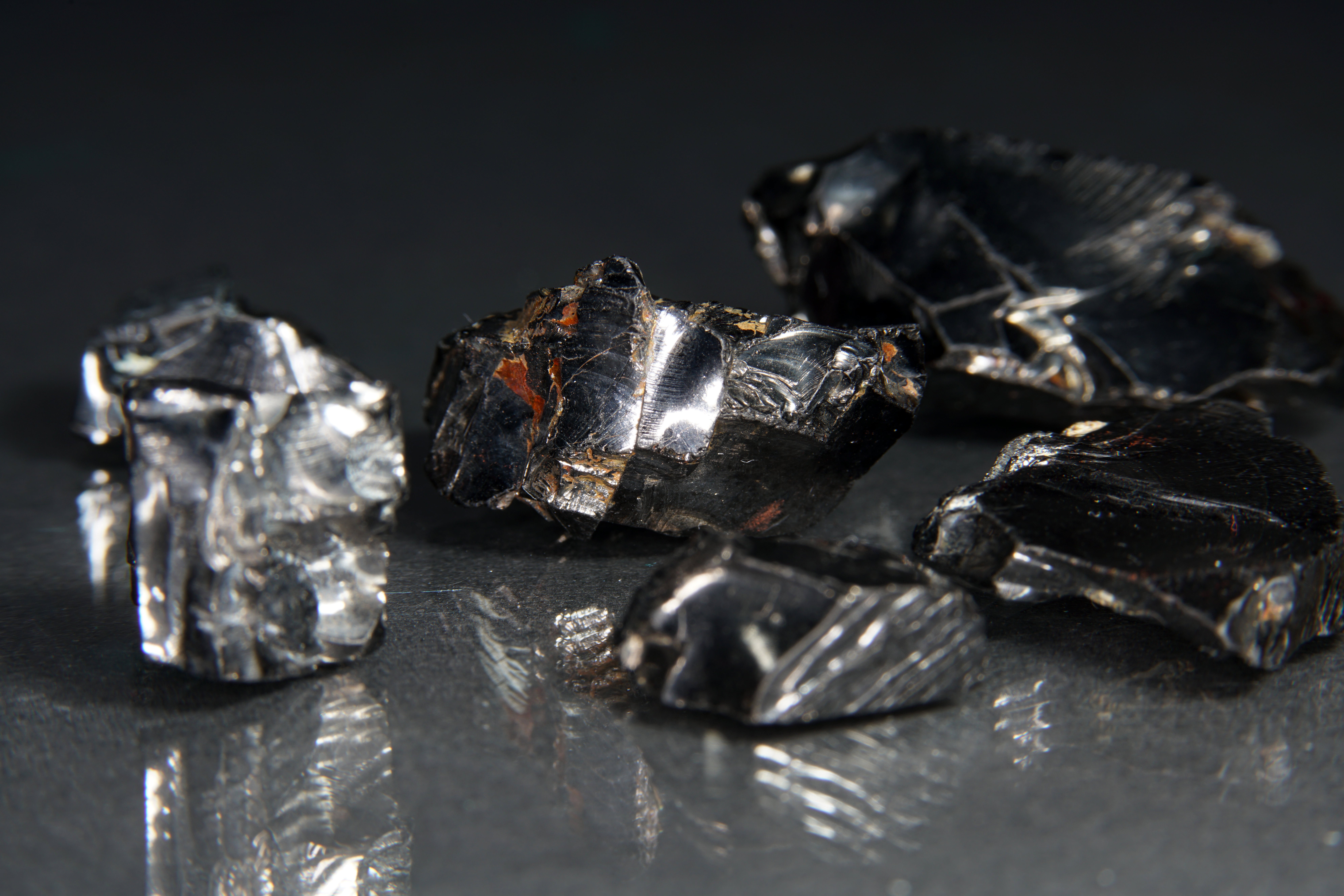Nucor’s Consumer Spot Price (CSP), a legitimate mill offer price, is a potential disruptor to North American steel sheet commercial and procurement strategies. This Insight will dive into the details of what we think the CSP is and why we believe it is a potential disruption to how the North American sheet market operates. Further, as steel buyers diversify their procurement strategy to embrace more spot transactions, including Nucor’s CSP, it will be more imperative then ever for companies to successfully navigate this market data. This is where CRU shines as an independent third party whose US Midwest price assessment and market analysis cuts through the noise and distils a balanced view of actual transaction in the wider market.
What is Nucor’s CSP?
On 4 April, Nucor introduced their CSP. Every Monday at 10 AM Eastern, Nucor will announce their spot price for the upcoming week. The CSP is a weekly mill offer price for HR coil, where Nucor offers lead times of 3–5 weeks.
Based on our research, in combination with what Nucor has communicated across various outlets, the CSP is designed to counter the excessive amount of price volatility seen in US Midwest HR coil prices over the recent years.
Nucor’s goal – as stated in their initial announcement, multiple interviews, and on their earnings call – can be paraphrased as follows:
Simply put, the goal is to provide a timely, reliable, predictable, and relevant price on our spot HR coil product. To do this, we will provide a weekly, market-relevant real-time price for buyers on a consistent and shorter lead time window.
Our goal is supporting our customers who have been asking us to shrink the excessive price volatility and allow them to better plan for the market with prices that allow for our customers and Nucor to be successful.
How does the CSP compare to CRU’s sheet price indices?
CRU’s US Midwest sheet prices for HR, CR, and HDG coil products publishes by 9 AM Eastern on Wednesdays and reflects the following:
- A volume-weighted average of actual transactions from the prior week
- Data providers include the majority of domestic producers, dozens of steel service centres, and multiple manufacturers
- No single data provider can represent more than 20% of the volume weighting
- Base price, FOB a US mill, East of the Rockies
- A view into the competitive landscape where multiple US-based mills compete to sell their products
Based on these points, CRU’s US Midwest sheet prices will lag the CSP as our price avoids market noise and provides insight to our clients of where actual transactions took place. Our transaction-only methodology is the top reason why CRU has been selected by over 95% of companies in the US that use a HR coil price benchmark for physical contracts.
Furthermore, our transaction-only methodology is also a primary reason for being selected as the price that clears CME Group’s HR coil futures contracts. So, while Nucor may offer to sell volume at a specific price, there are other US-based mills competing to sell their products. Inevitably, the Nucor price will not reflect the wider market as much as CRU’s is designed to.
How might the CSP shift Nucor’s commercial strategy?
In Nucor’s 2023 annual report, they estimated that “greater than 80% of sheet sales were to contract customers.” These contracts typically incorporate monthly or quarterly price adjustments reflecting changes in market-based indices and/or raw material costs. Our research shows that the index-based portion of these contracts are generally transacted with a discount to the underlying index. The balance of their sales were conducted in the spot market.
Nucor may very well try to use the CSP as an adjustment mechanism in these contract sales instead of an index such as CRU. If they do, steel buyers will rightfully be sceptical of allowing a producer to set the price in legally enforceable contracts. Yet, some buyers may allow limited exposure to this so that they can remain close with a key supplier. After all, in the steel market, relationships between buyers and sellers can carry an intrinsic value.
A second more likely option may emerge for the strategic use of their CSP. In the first several weeks of utilising CSP, Nucor has dramatically undercut the spot market and offered prices competitive with discounted contracts. By doing this, we believe Nucor has invested in credibility by bringing a more relevant price to the market.
If Nucor continues to provide competitive prices with typical lead times, we find it likely that Nucor may shift some portion of discounted contract sales into the spot market in 2025, as buyers will no longer need to negotiate add-on sales to these discounted contracts.
This strategy shift is directly related to rising domestic capacity
Over the last 13 years, various sheet mills have started up or went through a significant capacity expansion. During these periods when domestic capacity expands, sheet prices come under pressure when demand growth does not match the growth of production. One result of rising capacity has been mills getting aggressive in offering discounted contracts in lieu of spot sales.
For example, in 2011 and 2012, legacy mills were offering multi-year contracts to guard against new capacity coming online from ThyssenKrupp in Calvert, Alabama and Severstal in Columbus, Mississippi. More recently, capacity added and/or ramping up today from Steel Dynamics Sinton, Nucor Gallatin, North Star Bluescope Delta, and US Steel’s Big River expansion will have a visible impact on sheet prices, particularly as demand in 2024 has been below ideal levels.
The CSP’s future will be determined by how it manoeuvres through the steel market cycle
With their CSP, Nucor has disrupted the North American sheet market with what so far has been described as a legitimate offer price. Potentially, Nucor’s CSP can be the stimulus for US mills to shift marginal contract volumes back to the spot market. Yet, the ultimate success or failure of CSP will come as supply, demand, costs, and prices move through the ups and downs of the steel market cycle.
At CRU, we are a market intelligence firm. We provide in-depth analysis, forecasts, prices, and more to clients throughout the supply chain as well as financial and government companies.
One of the core benefits to CRU’s US Midwest prices is that it provides a balanced, representative view of the overall market. If Nucor can find success in shifting marginal sales away from discounted contracts and back into the spot market, this will only improve the data CRU captures. We will continue to provide market leading prices that represent the wider US Midwest market. As always, if you are a mill-direct buyer with spot market exposure, we encourage you to join CRU as a data provider and have your reality reflected in our index.
Our suite of analysis products provides essential data as well as market-leading analysis. Our analysts add further value for our clients by holding private and confidential discussions about these topics as well as in covering our analysis, costs, and forecasts in more depth. If this type of topic is important to your business, please get in contact with your CRU salesperson to learn more about how CRU can assist you in navigating the physical market.

















